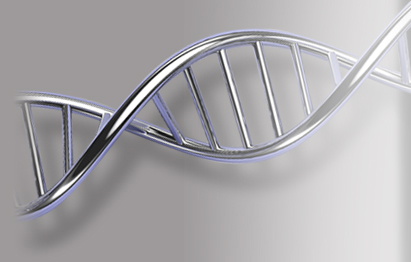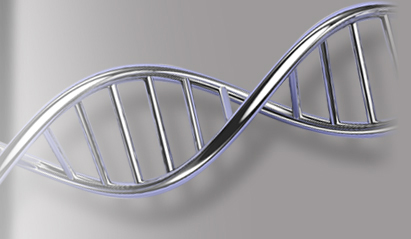Microbiology
You are here
As our populations expand and pressure increases on living space, food growing space, water sources, and the need to maintain our planets biological diversity, the field of Microbiology acts as a guardian against all manner of threats from pathogenic organisms to humans, their companion and crop animals, and food crops. It acts a source of novel antibiotics and foods. Rapid identification of organisms is key and sequencing 16S rRNA is the method of choice.
Sequencher is the gold standard, providing all the tools necessary from cleaning up sequence contamination to alignment and analysis. Providing as it does de novo, reference-guided, and multiple-sequence alignment algorithms. One of the biggest time sinks can be sequencing and assembling multiple samples at a time. Sequencher’s Assemble by Name takes all the hard work out of the assembly phase including naming the contig. Its unique Variance Table – a tool which not only helps to locate variant bases but explore, annotate, or edit them via its dynamic link to the underlying data. There are several reports which can be saved in PDF format and easily shared with colleagues. The Variance Table can be used to compare across samples or simply compare a Reference Sequence or consensus to the reads in the contig. The Reference Sequence itself has some interesting properties in that it sets the numbering and directionality of the contig so you always know where you are.
Primer-BLAST and BLAST are provided using Sequencher Connections which enables you to analyze multiple sequences in one go. With its Schematic view, you can then see a consolidated view of the Primer-BLAST and BLAST searches. If you are using BLAST for preliminary identification, if you maintain your own private database of sequences, you can search against these as well using Local-BLAST. Multiple-sequence alignment using the MUSCLE algorithm also lets you draw cladograms so you can see the relationships between your sequences.
If you need to use a Standard Operating Procedure, then Sequencher can help there too. The Template lets you set up everything from the parameters to use when assembling your data, to the consensus calculation, to Labels identifying where in the process any read or contig happens to be. It ensures that everyone is using the same methods and to the same agreed standard.
NGS techniques are becoming more prevalent in the microbiology lab and Sequencher has the tools you need. From quality control with FastQC to aligning your reads or looking at RNA-seq, whether you are performing reference-guided alignment or looking at novel organisms and, therefore, require a de novo algorithm, Sequencher has it covered. Transcriptomics is amply covered with the Cufflinks suite of tools for gene expression or differential expression. Sequencher even contains plots and charts for you to explore your data. While these may be adequate for some purposes, if you need to explore your RNA-SEQ expression results in depth and require something more than Sequencher’s sister product, CodeLinker is the tool of choice, with clustering algorithms, data mining tools, and statistical methods.


